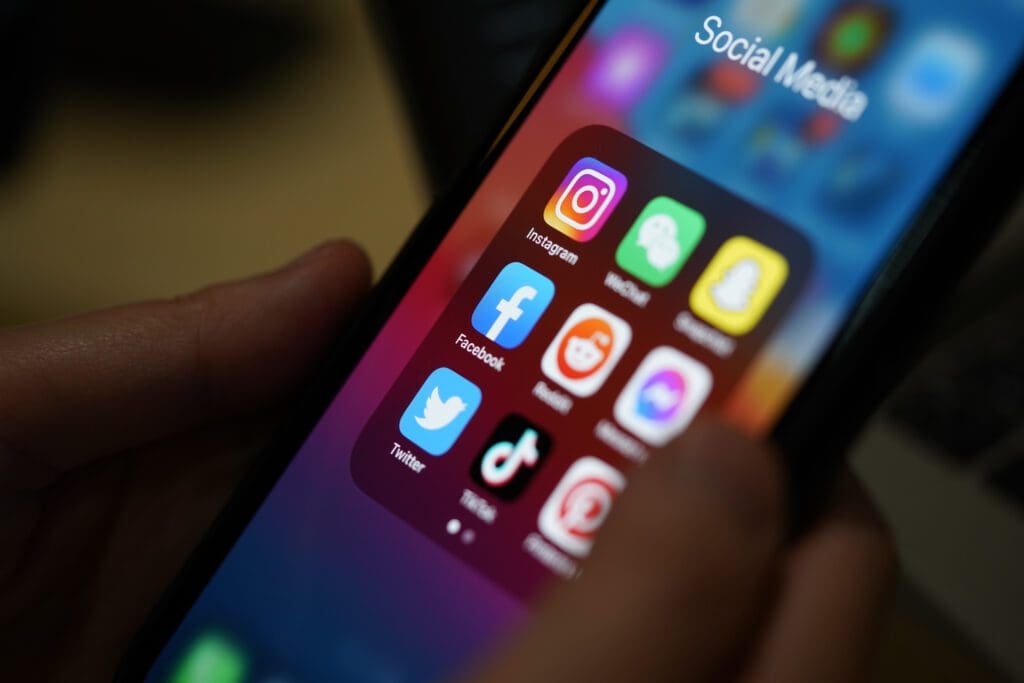How Much Is It Worth Experimenting on Twitter?

You can’t un-flick that switch. That’s one of the lessons from Twitter/X’s out and then back in on political ad dollars.
The platform company made headlines again last week, apparently thanks to a blog post that laid out its approach to “safe political discourse,” which mentioned its political ad policy.
Some outlets reported that shift as new this week, but the policy was implemented at the start of this year when the company again opened itself up to U.S. political ad dollars, reversing its 2019 ban.
Since then it hasn’t seen a crazy amount of spending by campaigns and groups, but the spending has certainly been there. One tally put its haul at roughly $2.2M.
By comparison, during one week in June political marketers spent more than $6 million just on Meta’s platforms (Facebook/Instagram). Observers had already labeled this a “slow return.”
But the reality for some digital consultants is that they may simply move on and not look back. Four years is a lifetime in the campaign industry, after all, and questions about the Elon Musk-led platform abound.
Digital consultant Amanda Elliott is a good example. The GOP strategist, who’s working on North Dakota Gov. Doug Burgum’s 2024 presidential bid, gave a digital shrug to C&E when asked about a larger focus on ad dollars to X this cycle.
“I haven’t tried them yet because political ads on Twitter were gone for so long I got used to not having them,” she said. “And they just haven’t moved back onto my must-have list yet. But I do think my clients, in general, wouldn’t say no if I suggested it.”
In fact, Elliott said she could be cajoled into “experimenting” with ads on the platform, if the right client or campaign presented itself: “Why not, right? If it doesn’t work out, it doesn’t work out!”
That thought could also sum up owner Elon Musk’s strategy for X overall. As GWU’s Dave Karpf said about Musk’s general approach to political ads on the platform: “Elon’s site desperately needs money, there is some money in this. He would like it please.”
In fact, Musk has announced some additional changes to his platform. Those new features (voice and video calls) are unrelated to paid ad dollars, but if the platform does see increased engagement — and also increases its engagement with the consulting community — as the ’24 cycle gets closer to seeing actual votes cast, perhaps that slow return of ad dollars will pick up a bit of steam.
